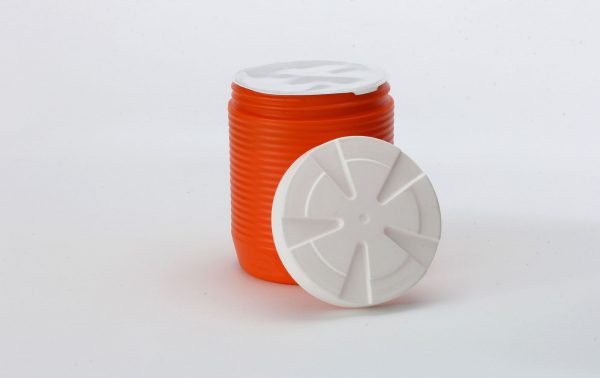Plastic injection molding is a highly technical process that still has a lot of room to be perfected. While the technology has advanced a lot in the past twenty years and the industry can handle more complicated task than ever, there are still some mistakes that can happen along the way that brings a few complications to the finished products. Most of these mistakes can be minor defects of no great impact, to significant issues that can affect the performance of the finished product and the safety of the users who buy it.

plastic injection molding products*
Let’s take a look at the most common problems that affect plastic injection molding projects and why do they happen.
·Flashing
Flashing is an aftereffect of molten plastic escaping the cavity mold through the ejector pin or the parting line. The leaked plastic gets cooled and stays attached to the finished product. Flashing happens a lot when molds are used excessively and get worn out or when the mold experiences excessive pressure when it has to inject plastic.
·Vacuum Spaces
The best to describe a vacuum space is as a pocket of air that forms close to the surface or inside the injected molded part. A lot of times, these vacuum spaces happen because the two halves of the mold are not correctly aligned. The most common cause for these air spaces to happen is because the inner sections of the molded part are unevenly solidified between its inner segments and the exterior surface of the part for lack of holding pressure.
·Jetting
Jetting happens when rapid cooling overwhelms the plastic mold as it comes in contact with it for the first time. You will be able to notice it because molten plastic first gets in contact with the mold walls and increases the viscosity of the plastic. The viscous remains often leave scrape marks as they are pushed by a continuous flow of material coming behind.
·Delamination
Delamination happens because foreign agents or contaminants get in contact with the source of molten plastic. The result of this mix-up and the inability of these contaminants to bond is the separation of them reflecting on the finished product. The presence of contaminants or foreign materials will be most visible on the thin layers of the surface, and even if the finished product is fully functional, it will look ruined at first sight.
·Burn Spots
Burn spots are a discoloration that is visible at first sight on the surface of the finished product. A high injection speed usually causes this lack of color in a specific place. It can also happen because plastic materials suffer degradation after being heated for too long.
·Welding Lines
Welding lines are very similar to burn marks. They commonly appear in spaces where the molten plastic material is flowing from two different parts of the mold to meet. They also happen when plastics go solid too quick or when the bonding of the flow fronts gets botched.
·Warps
Warps are deformations that are noticeable on finished products that happen because of a very uneven shrinking of the sections on the molded part. This also happens because the cooling rates are not the same on all the parts of the mold. This can lead to molten plastic getting cooled on some spots while still hot on others and creating internal stress on the product.
·Line Flow
Line flow is known as the patterns that appear on a finished part after the plastic injection molding procedure is done. The issue happens because the cooling profile of the molten plastic has not been correctly measured as it follows the physical path that leads the flow to the tooling cavity. The speed at which the plastic flows through the bends is not the ideal one, and it doesn’t work with the mold tool or after the plastic goes solid at different time rates because of the low injection speed, making the finished part look uneven.
·Quick Shots
Quick shots happen when molten plastic doesn’t reach the cavity of the mold completely. This is probably one of the worst problems on the list. While most of the previous ones we have listed are merely cosmetic issues, short shots make the finished product deficient performance-wise. There are a lot of reasons hiding behind quick shots, but the most usual is that highly viscous plastic goes solid before reaching the mold cavities. It can also happen if the mold doesn’t have proper venting that prevents the material from reaching where it has to go because the gas is there already.
·Sinking Marks
These types of marks happen when the inner mechanism of a finished product shrinks. It’s easily identifiable for the small cracks that appear on the thicker areas on the surface of the product. Sinking marks are the direct result of poorly adjusted cooling mechanisms or bad timing in the release of the product from the mold.
Reference
*Image from on http://www.magentallc.com
